Have you ever wondered why your cat seems to gravitate toward you on days when you’re least trying? Does it ever feel like the more you ignore her, the more she seeks your lap? This fascinating question has tugged at the hearts of cat lovers everywhere: do cats form deeper, more meaningful bonds with people who respect their space and let them be? Let’s dive into the mysterious and charming world of feline affection and discover what truly makes a cat’s heart purr.
Understanding Cat Independence

Cats are famously independent creatures. Unlike dogs, who thrive on constant interaction and approval, cats have evolved to be solitary hunters. This independence is deeply rooted in their DNA. When a person respects this need for autonomy, it often leads to a more harmonious relationship. Giving a cat the freedom to choose when to interact can foster trust and comfort. Many cat owners notice that their feline friends approach them more often when they aren’t constantly being pursued for cuddles. This balance between closeness and space allows a cat to develop a sense of safety in their home environment, which is the foundation for deeper bonds.
The Importance of Choice in Feline Relationships
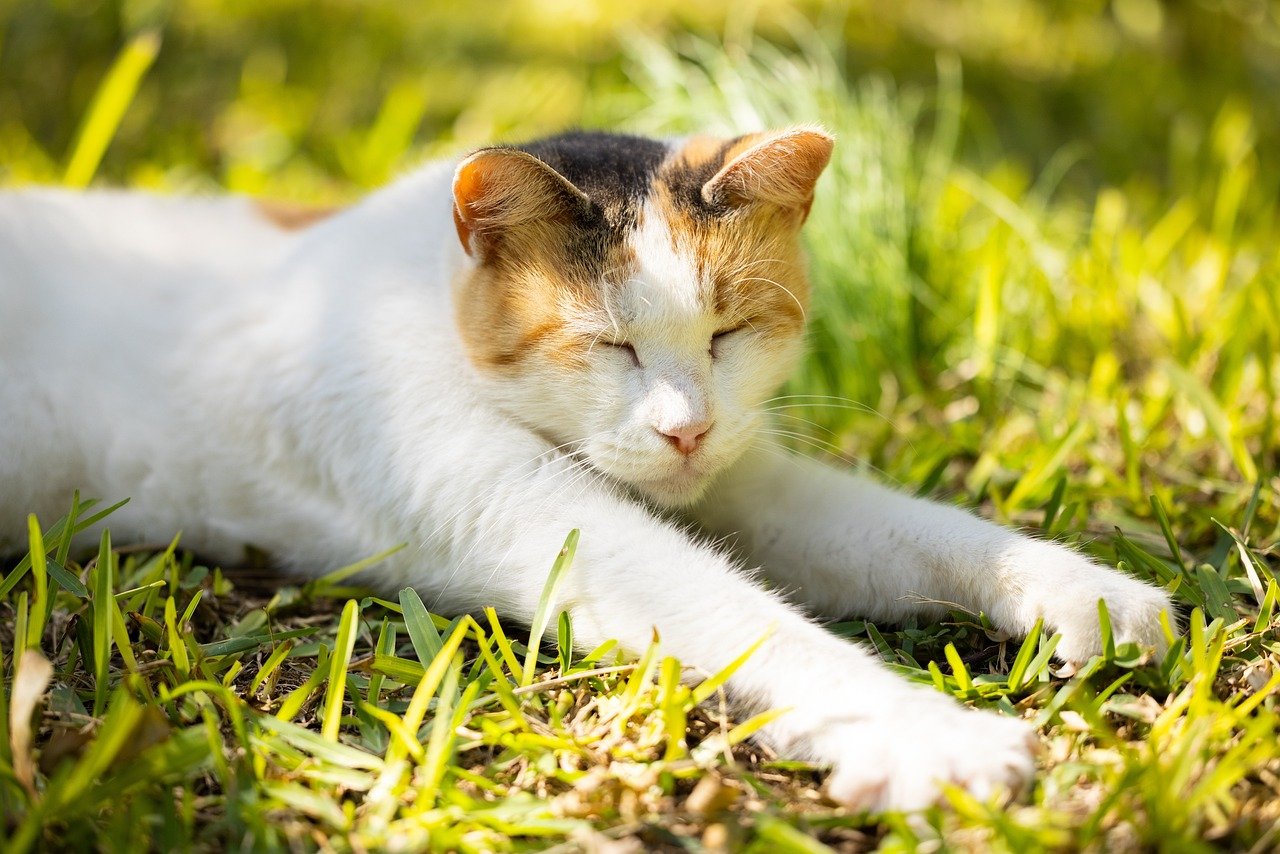
Cats cherish the power of choice. When humans let cats decide when and how to interact, it shows respect for their boundaries. Imagine yourself in a room: would you feel more comfortable with someone constantly demanding your attention, or with someone who waits for you to initiate conversation? For cats, the answer is often the latter. By letting them come to you, you’re signaling that you honor their preferences. Over time, this respectful approach can lead to a more genuine connection, as the cat feels more secure and in control.
Attachment Styles: Secure vs. Anxious Cats

Just like people, cats can have different attachment styles. Some are securely attached and seek out human company, while others are more anxious or avoidant. Studies have shown that cats who are given the freedom to approach their owners at their own pace tend to develop a more secure attachment. These cats are more likely to trust, cuddle, and even follow their humans around the house. On the flip side, cats who feel pressured may withdraw or hide more often. By allowing a cat to take the lead in interactions, you’re helping foster a secure, healthy bond.
Reading Cat Body Language
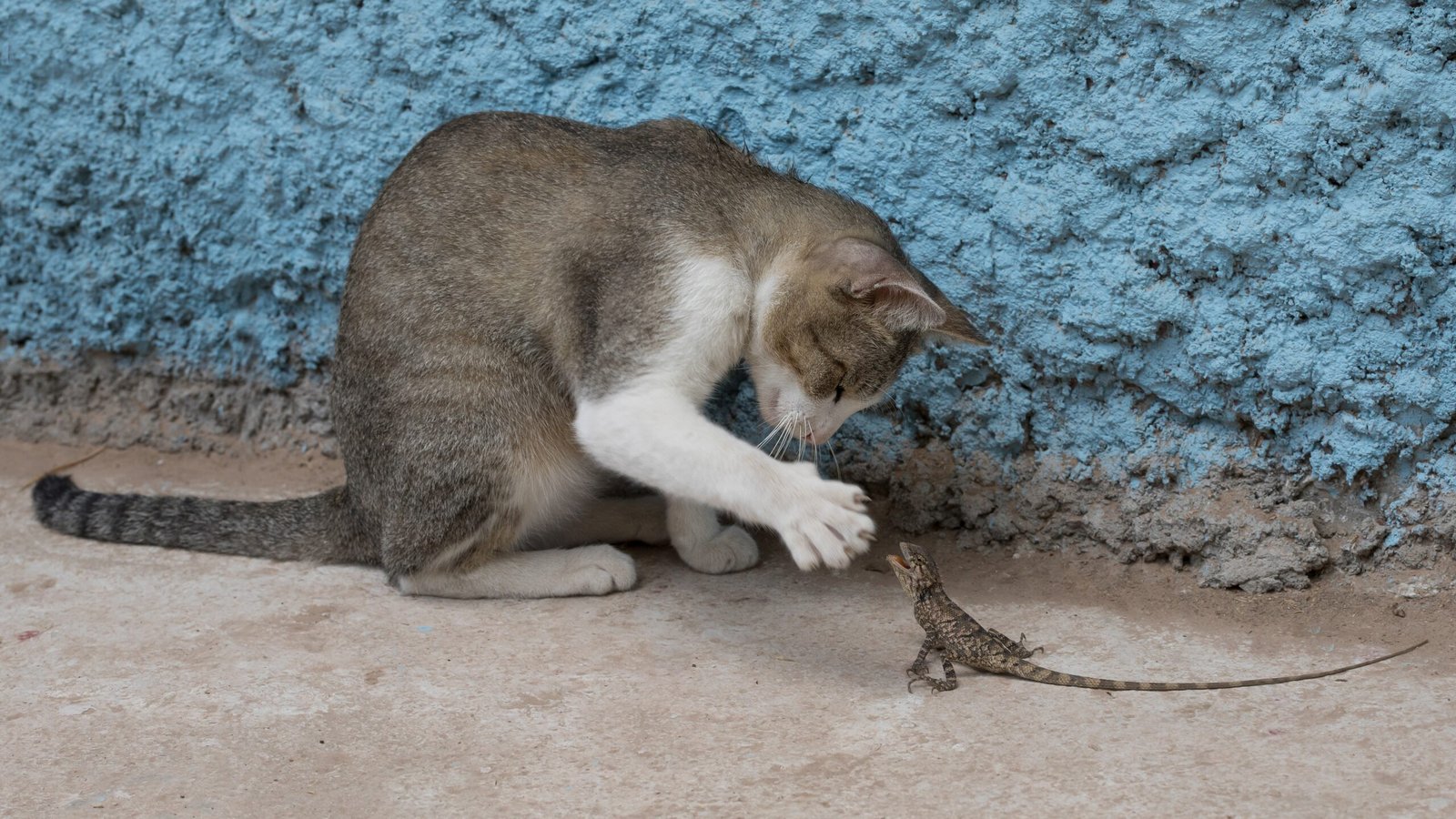
Interpreting your cat’s body language is key to understanding her needs. A cat with an upright tail, slow blinks, or gentle headbutts is showing signs of affection and trust. When you respect these subtle signals and don’t force interaction, your cat feels understood. Over time, this mutual understanding deepens the relationship. Watching for cues like flattened ears or a twitching tail can also help you avoid overstimulation, which cats can find stressful. Being attuned to these signals is essential for anyone hoping to form a meaningful bond with their feline friend.
Respecting Personal Space Builds Trust
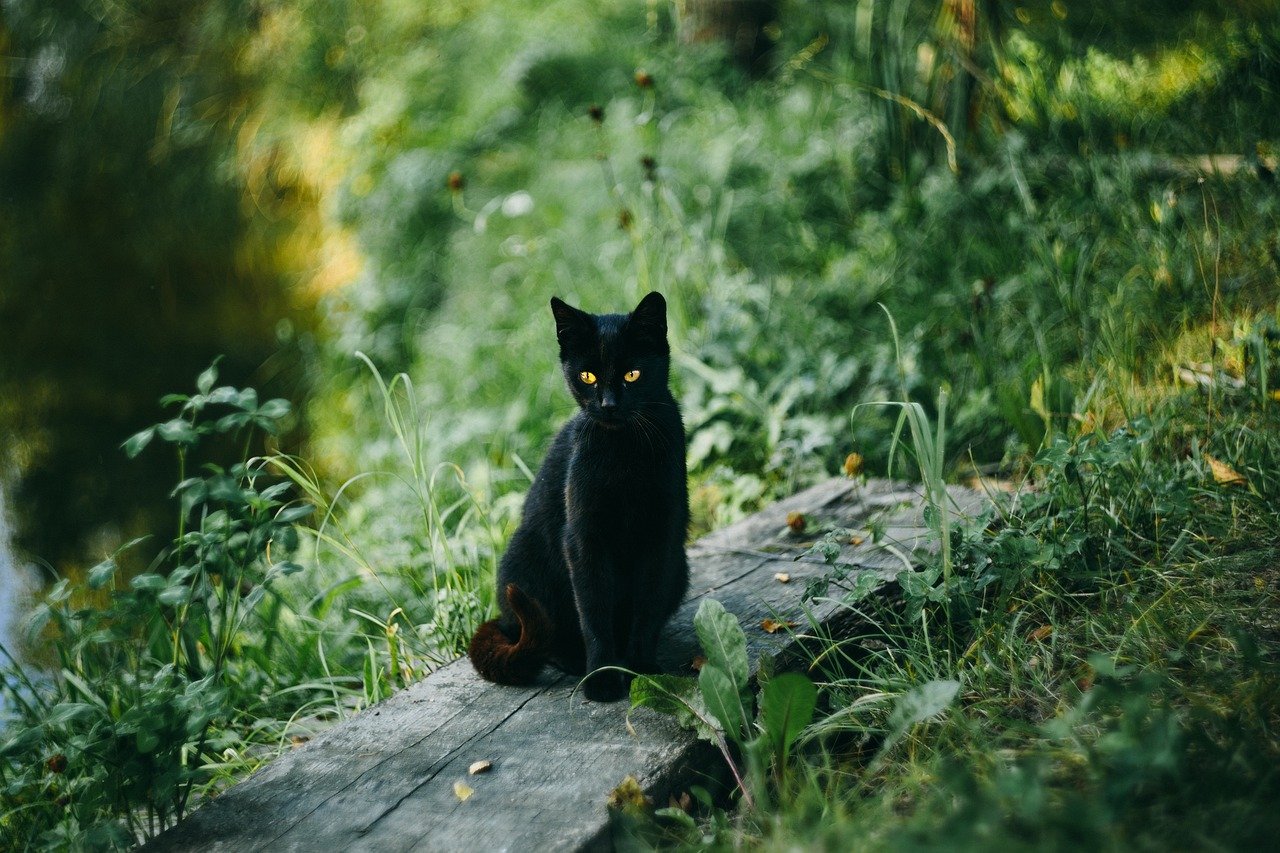
Cats are creatures who treasure their personal space. Pushing past their boundaries can actually damage trust, making them more wary of human contact. When you give a cat room to breathe, she learns that you are not a threat. This feeling of safety encourages her to seek you out on her own terms. Over time, she’ll likely reward your patience with increased affection, such as sitting nearby, purring, or even sleeping on your bed. Trust, once earned, becomes the cornerstone of a lasting relationship.
The Role of Routine and Predictability

Cats thrive on routine and predictability. When humans respect a cat’s need for a consistent environment and regular feeding times, it reduces anxiety and builds confidence. Allowing your cat to engage in her favorite activities—like basking in a sunny window or exploring a quiet corner—without interruption is another way to show respect. The more comfortable and secure a cat feels in her daily life, the more likely she is to form deep, affectionate bonds with her humans.
Slow Approaches Win Feline Hearts

Approaching a cat too quickly or with too much enthusiasm can be overwhelming. Slow, gentle movements are key to building trust. Imagine meeting a shy friend for the first time; a quiet, calm approach is far more welcoming than a loud, energetic greeting. Cats appreciate the same consideration. By taking things slow and letting a cat come to you, you’re allowing her to feel safe and in control, which sets the stage for a stronger emotional connection.
Positive Reinforcement and Gentle Encouragement

Offering treats or gentle praise when your cat seeks you out can reinforce her positive feelings toward you. This doesn’t mean bribing her, but rather acknowledging her choice to interact. Positive reinforcement, paired with patience and respect for her boundaries, creates an environment where your cat feels valued and loved. Over time, this gentle encouragement can deepen your bond, as your cat associates your presence with good experiences.
The Power of Nonverbal Communication

Cats communicate volumes without saying a word. A soft purr, a gentle knead, or a loving gaze can speak louder than any meow. When humans respond to these cues with quiet affection—like slow blinking or offering a gentle hand—cats feel seen and understood. This nonverbal dialogue builds a unique intimacy that words alone can’t capture. By letting your cat lead these silent conversations, you’re honoring her unique language and fostering a profound connection.
When Less Is More: The Magic of Doing Nothing

Sometimes, the most powerful way to bond with a cat is to simply share space in silence. Sitting quietly nearby, reading a book, or watching TV allows your cat to enjoy your presence without pressure. This peaceful coexistence can be incredibly reassuring to a cat, showing her that you’re happy just being there. Over time, she may choose to curl up next to you or even climb onto your lap, drawn by your calm energy. In these moments, the bond between human and cat grows deeper without a single word spoken.
Letting Cats Initiate Affection

Cats often prefer to initiate affection rather than have it forced upon them. When you wait for your cat to headbutt, rub against, or climb onto you, it’s a sign of genuine trust. This approach respects her autonomy and allows her to express love in her own way. Each time you let your cat make the first move, you reinforce her confidence in your relationship. This gentle dance of give and take is what makes feline bonds so special.
The Impact of Early Socialization
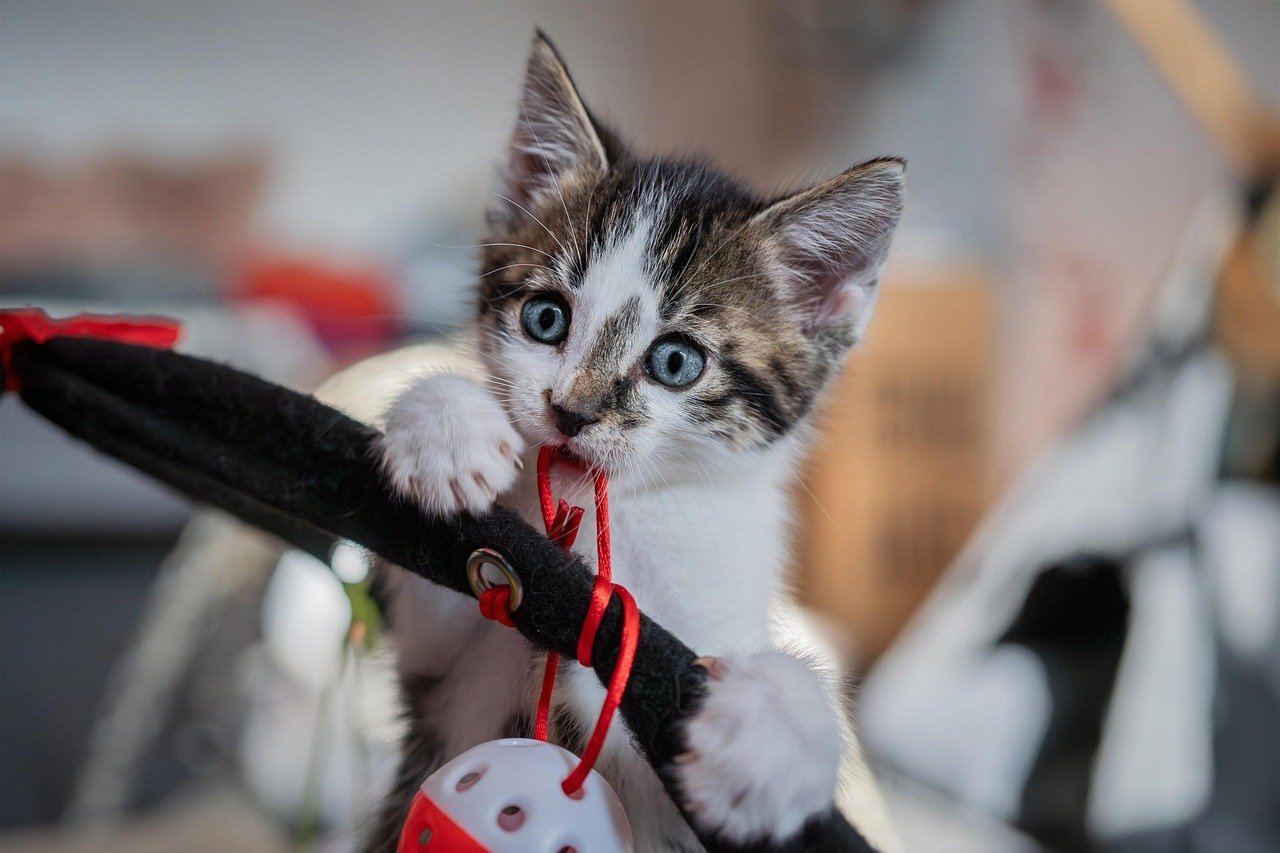
Kittens who are gently handled and exposed to positive human interaction from an early age tend to be more confident and affectionate adults. However, even older cats can learn to trust and bond deeply if given time and space. When you respect an adult cat’s need for independence, you’re helping her rewrite old fears and build new, positive associations with people. This transformation can be incredibly rewarding for both cat and owner, proving that it’s never too late to form a deep connection.
Special Considerations for Shy or Rescued Cats

Shy or rescued cats often come with emotional baggage. Forcing interactions can retraumatize them, setting back any progress. Instead, offering a safe space and letting them observe from a distance can work wonders. Over time, with patience and gentle encouragement, many of these cats blossom into loving companions. The bond formed through this slow, respectful process is often incredibly strong, built on a foundation of mutual trust and understanding.
Recognizing the Value of Cat “Alone Time”

Just as people sometimes need a break, cats also value moments of solitude. Respecting your cat’s need for alone time—whether she’s hiding under the bed or perched on a high shelf—shows that you understand and honor her individuality. When she’s ready, she’ll return to your side, often with even more enthusiasm for affection. Allowing your cat to recharge on her own terms can actually make your shared moments even more precious.
How Playtime Enhances the Bond

Engaging in interactive play is another way to build trust and affection, without overwhelming your cat. Using toys that allow her to chase, pounce, and hunt satisfies her natural instincts in a safe environment. Playtime that’s driven by the cat’s interest, rather than forced upon her, is especially rewarding. When you respect your cat’s signals to start and stop, you show that you’re attentive to her needs. Shared play not only builds your bond but also keeps your cat healthy and happy.
Understanding Feline Affection Styles
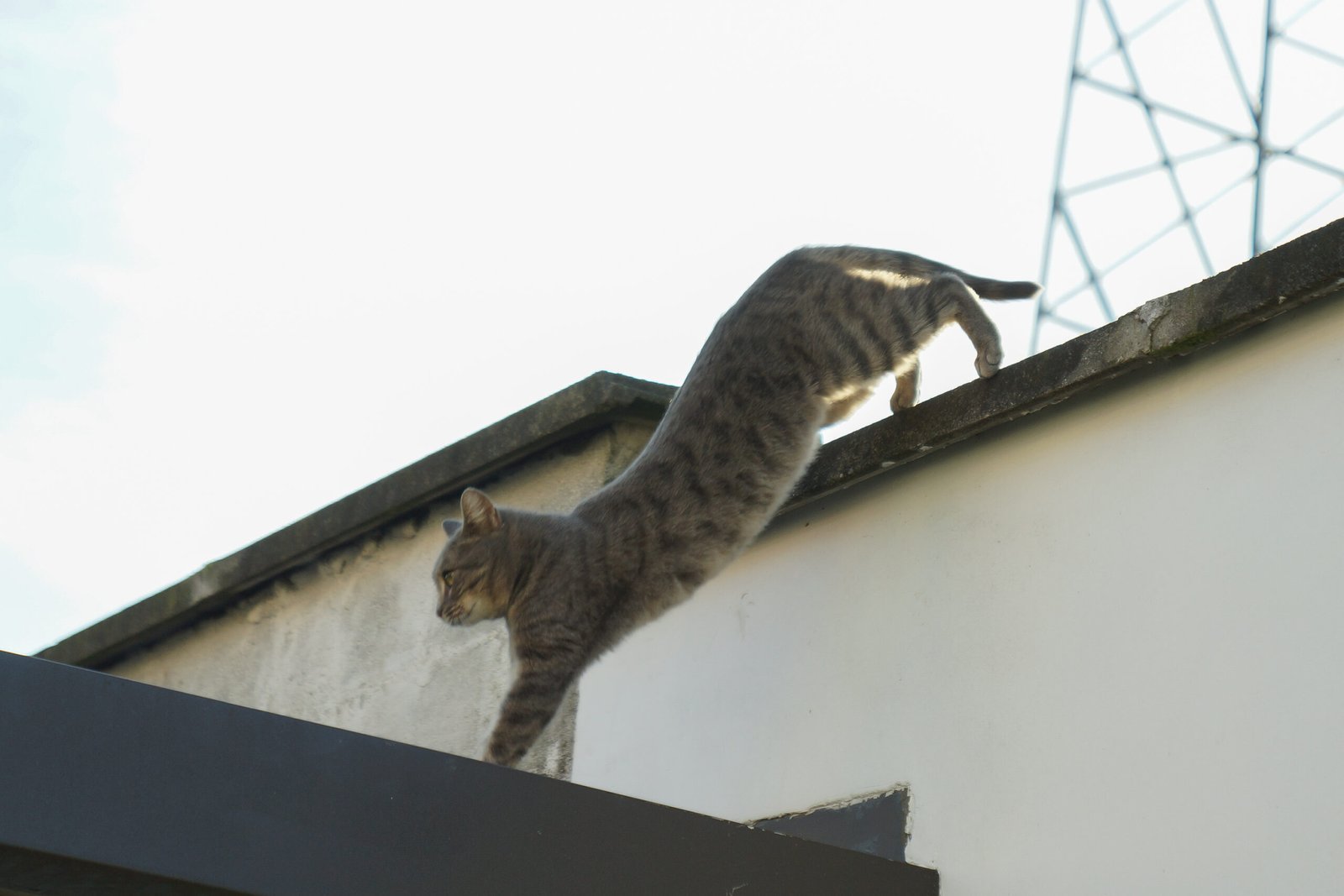
Every cat has a unique way of expressing love. Some are lap cats, while others prefer to sit nearby or follow you from room to room. By observing and accepting your cat’s preferred style, you strengthen your relationship. Forcing a cat to show affection in a way that’s unnatural for her can cause stress and distance. Embracing her quirks and preferences, on the other hand, allows your bond to flourish in its own special way.
Managing Multi-Cat Households

In homes with multiple cats, respecting each cat’s individuality is essential. Cats need their own space, resources, and time with their humans. Allowing each cat to approach you on her own schedule prevents jealousy and competition. When you respect each cat’s boundaries, you create a peaceful environment where all cats—and humans—can thrive. This approach also encourages cats to form deeper bonds with you, built on trust rather than rivalry.
The Science Behind Cat-Human Bonds

Recent research highlights that cats can form strong emotional bonds with their humans, similar to those seen in dogs and even children. Studies reveal that cats who feel secure in their relationships are more likely to seek comfort from their owners in stressful situations. This secure attachment is most often found in homes where cats are given autonomy and respect. The science confirms what many cat lovers have suspected all along: letting cats be themselves is key to unlocking their deepest affection.
Respecting Boundaries During Difficult Times

During illness, stress, or big changes in the home, cats may withdraw or become more sensitive. Pushing for interaction during these times can backfire, causing anxiety or even aggression. Instead, quietly offering support and waiting for your cat to seek you out can be far more comforting. This patience shows your cat that you’re a trustworthy presence, even when life gets tough. Many owners find that their cats become even more bonded after weathering challenges together in this respectful way.
Celebrating the Unique Bond You Share
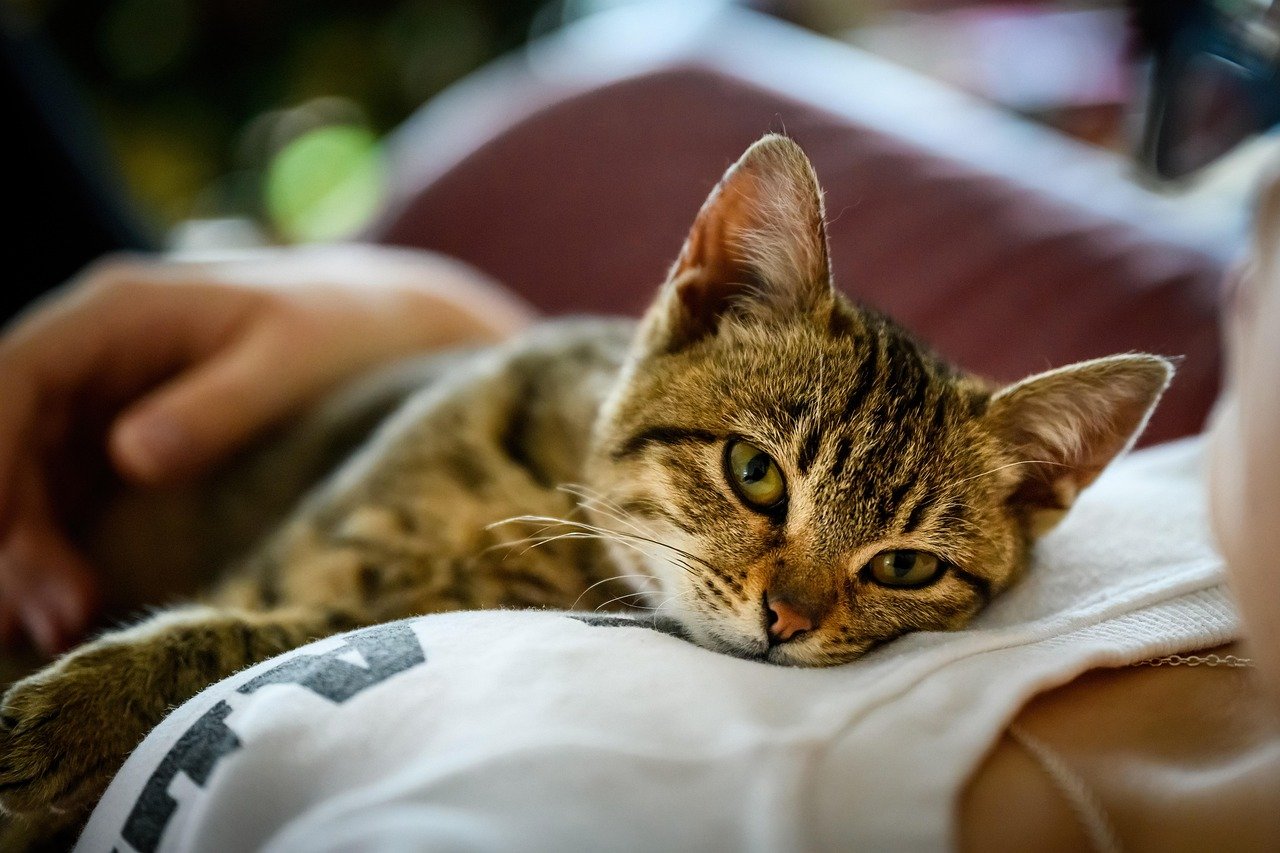
Every cat-human relationship is a one-of-a-kind partnership, shaped by trust, respect, and shared experiences. When you let your cat be herself and honor her choices, you create space for a truly special connection to grow. This bond is marked by quiet moments, gentle touches, and mutual understanding. The joy of being chosen—of having a cat who seeks out your company simply because she wants to—cannot be overstated. It’s a gentle, profound reminder that sometimes, the deepest love comes when you simply let it be.
Hi, I’m Bola, a passionate writer and creative strategist with a knack for crafting compelling content that educates, inspires, and connects. Over the years, I’ve honed my skills across various writing fields, including content creation, copywriting, online course development, and video scriptwriting.
When I’m not at my desk, you’ll find me exploring new ideas, reading books, or brainstorming creative ways to solve challenges. I believe that words have the power to transform, and I’m here to help you leverage that power for success.
Thanks for stopping by, Keep coming to this website to checkout new articles form me. You’d always love it!






